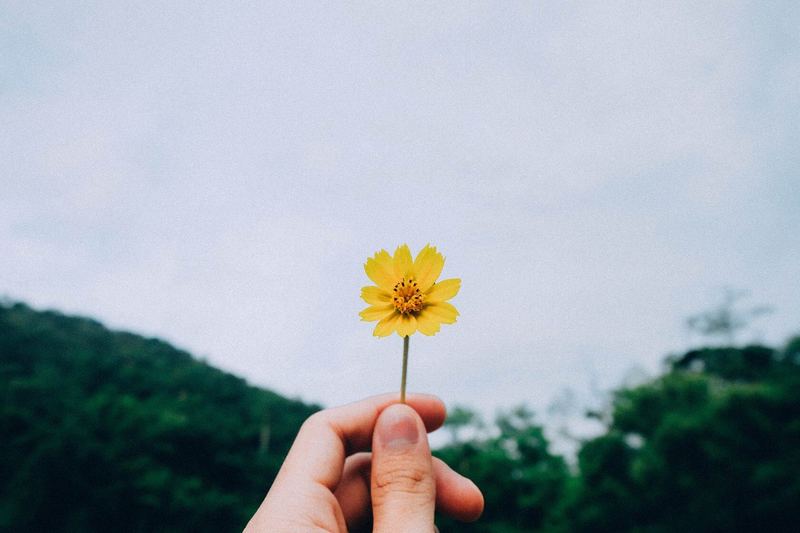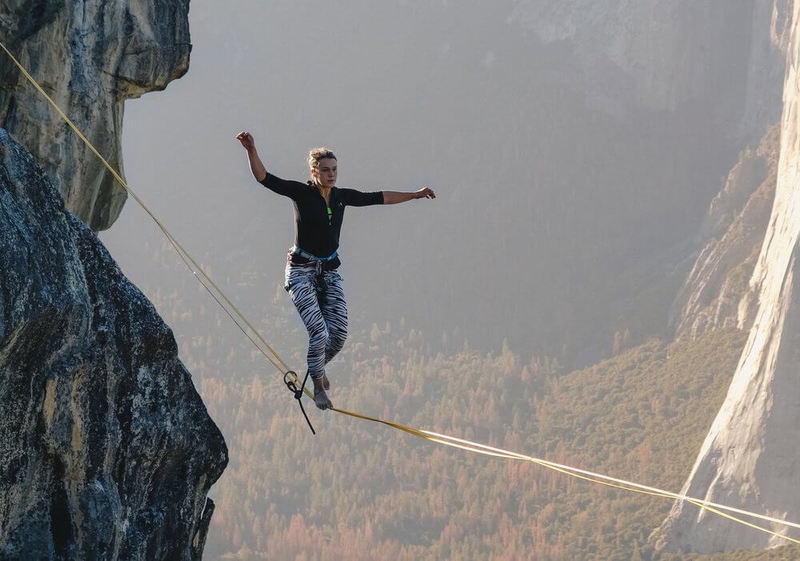These simple techniques can help you deal with anxiety, stress, and anger and stay calm in any situation. All emotions are very important. But it is just as important to have peace of mind in any life situation.
Researchers say that about 60,000 thoughts arise in our head every day. Up to 80% of them are negative or repetitive. Add to this overwhelming emotions, reactions to other people's actions, stress and general tiredness ... It's no wonder we find it so difficult to stay calm. It was as if the “alarm!” Wave was turned on in our heads.
How to keep
calm in any situation
1.
Just stop
But if something turned on, it can be turned off. Or switch. There are many techniques to help you change the wave and find inner peace. Chose a few of our books - try and use what works best for you. After all, our peace of mind is in our hands
When the mind is in response to a threat, it cannot perceive the necessary information, soberly assess what is happening. So, whatever the cause of your concern, pause first.
Looking so easy is the hardest step for most of us. “I'm too busy,” “This won't work for me,” “I have to do something right now,” these are what come to mind when they are advised to slow down. But there is always a few seconds to take a deep breath.
Even a moment's stop starts the relaxation process.
2.
Transport
yourself to a space of rest
Imagine a place where you feel good and calm. Close your eyes and try to see it in every detail - colors, smells, sensations and sounds. This is your personal space of peace.
A space of peace can be a natural corner or your living room - any place where you feel safe.
Come up with a word for it. For example, "serenity", "zen" or "harmony". Continuing to visualize the resting space, mentally repeat the chosen name. Let the image and the word take hold in your head.
Having spent some time on this, in the future, in any situation, you can quickly transfer to the space of peace by speaking its name in your mind. A second - and you are on the lake shore or in your bedroom, where peace and quiet reigns.
3.
Tapping
Tapping is a technique that helps you relax, relieve tension and move away from problems. Slowly tap your fingers alternately on the left and right sides - either on the thighs or in the middle of the shoulder (in this case, cross your arms over your chest). Do it lightly, slowly and rhythmically, only 20 times.
Imagine playing a drum, striking with your left and with your right hand, at the same speed as you slowly clap your hands.
20 taps - and you will feel how tension gives way to calm concentration.
4.
Visualize
breathing
Focus on your breathing and visualize positive images filling you with strength. For example, during each breath you can imagine one of the pictures:
· Filling with fuel - Breathing in is like pouring fuel into your tank. This image helps to activate a sense of energy, strength and recharge.
· Connection with nature - Many people prefer to look for healing and strength in nature - where there is water, mountains, and trees. For example, the image of the sea with each breath can be visualized as a mechanism of freshness and purification.
· Connection with science - Imagine how your brain changes with each breath, your cells are saturated with oxygen, your body becomes more calm and relaxed.
5.
Watch the
pets
If you want to learn how to press pause in time to rest and reboot - watch how dogs and cats relax. They are true Zen masters. They don't worry about what will happen the next minute, they don't think about the missed opportunities. While resting, they fully concentrate on this activity. It is worth taking note of this tactic.
Animals are Zen masters. Let's learn from them.
6.
Mindfulness
Anger and other intense emotions are like flames: they burn out self-control and make us do things that we later regret. But if you put emotion under the spotlight of mindfulness, it immediately begins to lose its destructive nature.
When you feel anger, say to yourself, “As I breathe in, I know that there is anger in me. Exhaling, I know that I am my anger. “If we notice the manifestations of anger and observe it carefully, it will not be able to take over our entire consciousness.
The same thing works with other emotions.
Awareness does not suppress or expel them. It just looks after him, like an older sister for a younger one - with care and love.
7.
Take a look
at the palm
And here is a wonderful story from Tit Nat Khan: “I have an artist friend. When he left Vietnam many years ago, his mother took him by the hand and said, "If you miss me, look at your palm and you will see me immediately."
In the palm of our hand we can see the support of loved ones, thousands of generations of ancestors and descendants. Every pebble, every leaf and every butterfly in the world rests in our hand. And they are always with us to comfort and support.
8.
Switch to
action
When emotions take over, it is as if a mechanism that activates panic, fear, anger turns on inside us. At this point, you can start the toggle button by focusing on the specific actions that need to be taken to make things better, rather than the risks or dangers.
Think about what you are going to do, not what you would like to avoid.
9.
Leaves on the
tree
Try to imagine your problems in the form of leaves on a tree. You will find a solution if you reflect on the true nature of the branch that nourishes the leaves and serves them as a haven, or look inward, at the roots from which branches with problem leaves grow.
10.
Be flexible
In difficult situations, we gather strength into a fist and try to be firm. We are like an oak tree in the middle of a storm. But if the wind is strong, the oak will break. A willow tree is another matter - it bends down to the ground, and when the wind dies down, it straightens up, becoming stronger than before.
Hardness is not always good.
Rather than opposing the natural order of the universe, learning to be flexible is much more rewarding. Flow like water and mix with what's going on. As the writer i say : “Life is not a problem to be solved; it is a reality that must be felt. " Let life - with all its experiences - flow through you.






0 Comments
Post a Comment